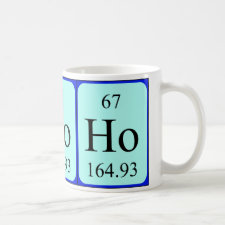
Authors: Riskin M, Tel-Vered R, Frasconi M, Yavo N, Willner I
Article Title: Stereoselective and Chiroselective Surface Plasmon Resonance (SPR) Analysis of Amino Acids by Molecularly Imprinted Au-Nanoparticle Composites.
Publication date: 2010
Journal: Chemistry - A European Journal
Volume: 16
Issue: (24)
Page numbers: 7114-7120.
DOI: 10.1002/chem.200903215
Abstract: Au nanoparticles (NPs) functionalized with thioaniline and cysteine are used to assemble bis-aniline-bridged Au-NP composites on Au surfaces using an electropolymerization process. During the polymerization of the functionalized Au NPs in the presence of different amino acids, for example, L-glutamic acid, L-aspartic acid, L-histidine, and L-phenylalanine, zwitterionic interactions between the amino acids and the cysteine units linked to the particles lead to the formation of molecularly imprinted sites in the electropolymerized Au-NP composites. Following the elimination of the template amino acid molecules, the electropolymerized matrices reveal selective recognition and binding capabilities toward the imprinted amino acid. Furthermore, by imprinting of L-glutamic or D-glutamic acids, chiroselective imprinted sites are generated in the Au-NP composites. The binding of amino acids to the imprinted recognition sites was followed by surface plasmon resonance spectroscopy. The refractive index changes occurring upon the binding of the amino acids to the imprinted sites are amplified by the coupling between the localized plasmon associated with the Au NPs and the surface plasmon wave
Template and target information: L-glutamic acid, L-aspartic acid, L-histidine, L-phenylalanine, D-glutamic acid
Author keywords: amino acids, chiroselectivity, gold, molecular imprinting, nanoparticles, surface plasmon resonance



Join the Society for Molecular Imprinting

New items RSS feed
Sign-up for e-mail updates:
Choose between receiving an occasional newsletter or more frequent e-mail alerts.
Click here to go to the sign-up page.
Is your name elemental or peptidic? Enter your name and find out by clicking either of the buttons below!
Other products you may like:
 MIPdatabase
MIPdatabase









